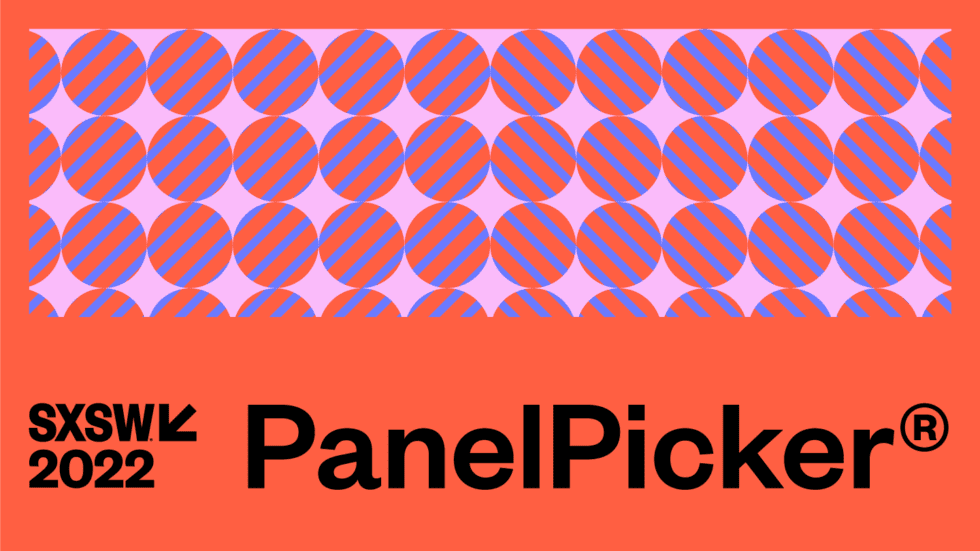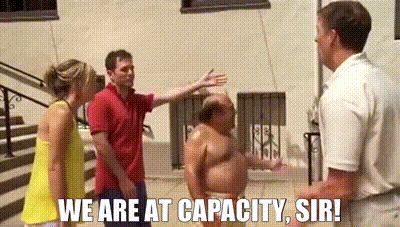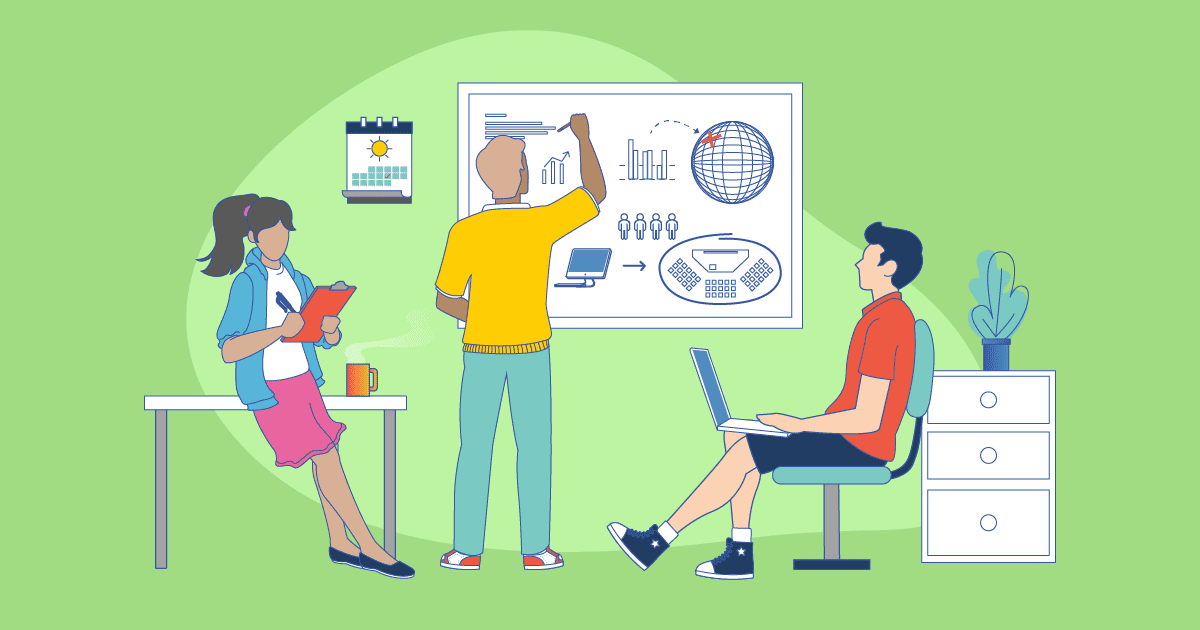Virtual events united millions of people when screens were literally our only way to hang out. For 18 months, nearly everyone in the world was a virtual event-goer, with attendance for this event type booming (WiFi permitting).
But now that in-person events are on the horizon for 2021/2022, how can we turn all those virtual eye-balls into in-person attendees? And how can we find that perfect mix of in-person and hybrid that attendees are looking for right now? In this article, we go in-depth on how to convert your virtual audience to an in-person audience. Lots to cover, so let’s get to it!

Know where and how your audience wants to meet.
According to a recent Forbes article, a good hybrid event strategy starts with knowing where your audience is, and how they would attend. It goes on to say, “you can poll your event community to know their attendance preference before deciding on your event format.”
It sounds obvious, but after 18 months of virtual work and life, people are scattered. If you want to turn a virtual audience into an in-person, you need to know the city and state where the most people are located and zero in on that as your home base.
For big events, you might even consider multiple event hubs worldwide. The 2022 Wildscreen Festival is a great example of this event type, with featured speakers like David Attenbougough and Jane Goodall. To allow for a larger audience Wildscreen Festival is, “offering in-person hubs located in key natural history production bases around the world, woven together with a virtual platform.”
We live in a time where travel is still up in the air, but we also know how to get together safely in person. So the key with events right now is to start by asking the best place for everyone together.

Plan alongside your virtual community.
In preparation for SXSW 2022, the festival launched a “panel picker” website to help their virtual community and potential attendees vote and pick panels for the event.
In this panel, 30 percent of the event’s sessions would be picked by potential attendees, 30 percent by staff, and 40 percent by an advisory board. This ensured that lesser-known artists and speakers made it on the schedule.
We love this idea of reaching out to the virtual community to help guide the planning of your event. It ensures that organizers get a broad spectrum of input, and create an event that speaks to what’s on people’s minds. The way it should be.
Pro Tip: You don’t need to build a whole panel picker website. Just poll people on social media with a few questions. Or create Instagram “vote” stories. Do this for a few weeks, and eventually, you’ll know exactly what your virtual community is looking for in an event.

Turn capacity limits into amazing marketing.
BroadwayCon is returning to Manhattan in Feb 2022. One key difference this year is that all events will be limited to 50 percent capacity. Event organizers have already started getting the word to their online audience to encourage early buy-in from attendees.
Capacity limits may seem like just another hurdle for organizers right now. However, they can actually be great opportunities to change the event for the better. Push the exclusivity and get people to sign up early. Offer targeted sessions and create more opportunities for one-one interactions.
With the correct marketing, a large virtual audience can turn into a focussed and committed in-person audience. Which always makes for a great event.

Create sessions that everyone can attend.
The New Yorker Festival will return this year in-person, online, at drive-ins, indoors, outdoors, within biking/walking distance, and just about every other way for people to attend a festival.
Options are important to attendees right now. When most people were at home in 2020, a fully virtual event made sense. But now that everyone is in a slightly different place with the pandemic, there needs to be a variety of ways for attendees to get together.
Think of a range of indoor and outdoor spaces. Make it easy for people to go to the event on foot, or bike, or however they like to get around the city. The bottom line is, the more you diversify your event format, the more people you can bring in!

Keep creating good virtual content!
All that marketing and content creation you did to build your virtual audience over the last year is exactly what you need to create a successful in-person event.
Share content from your past virtual events regularly, or re-cut it with new commentary or a twist about your upcoming event. Reach out to potential speakers for quick cameos and live Q&As on social media. The goal is to keep people talking about your event.
Also, provide regular updates to your virtual audience about how the event planning is going. When it comes to in-person events, people want as much info as possible. This is especially important as the day gets closer.
We’ve written quite a bit about event marketing and keeping audiences engaged, but it really all boils down to good, informative, and original content. In other words, keep doing what you are doing!
Build the event that your audience actually wants.
The best in-person or hybrid event right now is the one that your audience will instantly connect with and want to be a part of.
Know where your audience is located and find a venue that’s easy for them to get to. Make virtual followers part of the planning process. Also, create many different session types — indoor, outdoor, hybrid, in-person, so people have plenty of options. Basically, the best way to turn your virtual audience into an in-person audience is to create the event that they will want to attend in any way possible.


